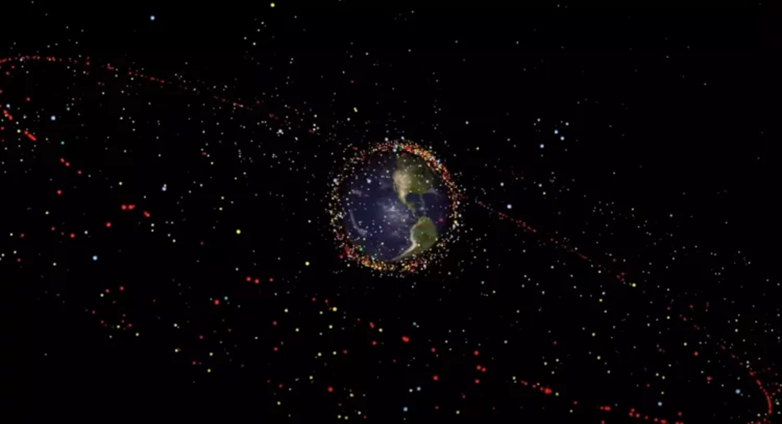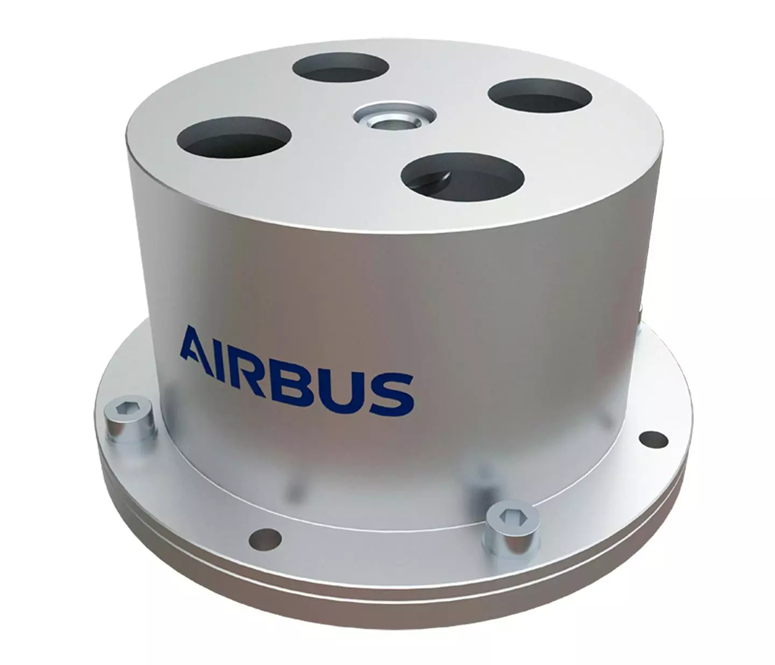Airbus unveils its small box to limit space debris

To combat debris in space, Airbus is developing a case that uses the Earth's magnetic field to prevent satellites from falling. Currently, there are thousands of inactive satellites.
Around ten tonnes of debris float above our heads, and a year ago, there were 25,000 objects in orbit. Rocket ends or inactive satellites, they represent dangers for each space mission or for devices in orbit. The proof: last week, the International Space Station (ISS) had to carry out a maneuver to avoid debris!

And then, it is also a danger for us, the Earthlings, if they were to fall. This is why space agencies, but also their suppliers, have been working for several years on projects to recover or eliminate this debris. The latest example arrives from Airbus factories. The aircraft manufacturer unveiled a device called Detumbler this week and its role will be to prevent end-of-life satellites from falling.
This box attaches to each satellite
Supported by the French Space Agency, CNES, it is a magnetic damping device which will be attached to each satellite to play the role of a stabilization system without requiring external power or propellant. It simply consists of a housing enclosing a central rotor wheel and magnets interacting with the Earth's magnetic field.

According to Airbus, under normal conditions, the rotor functions like a compass, orienting the inert satellite to follow the magnetic field. In the event of tilting of this same satellite, the movement of the rotor generates eddy currents acting as a friction torque. This process mitigates unwanted movement and stabilizes the satellite.

The design involves the stator housing, with its bottom plate and top cover, and the rotor comprising the central axle, rotor wheel and magnets
A full-scale test in early 2024
Stabilized, the inactive satellite will be easier to recover during space cleaning missions. To be convinced of the effectiveness of this small box weighing barely 100 grams, we will have to wait until early 2024 since a demonstration of the Detumbler will take place on an Exotrail (SpaceVan) mission which will include EnduroSat's Exo-0 nanosatellite . Stall tests will verify the Detumbler's ability to absorb movement.
Source: websites

